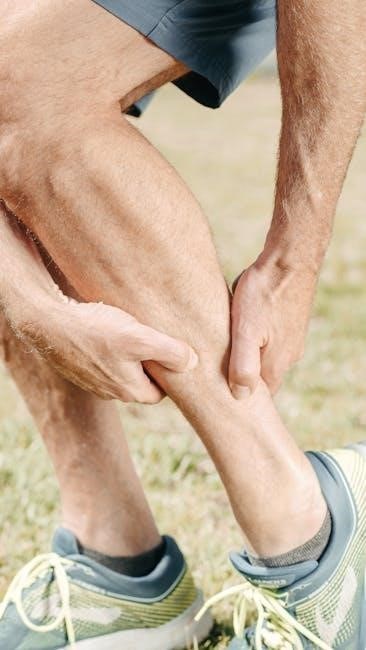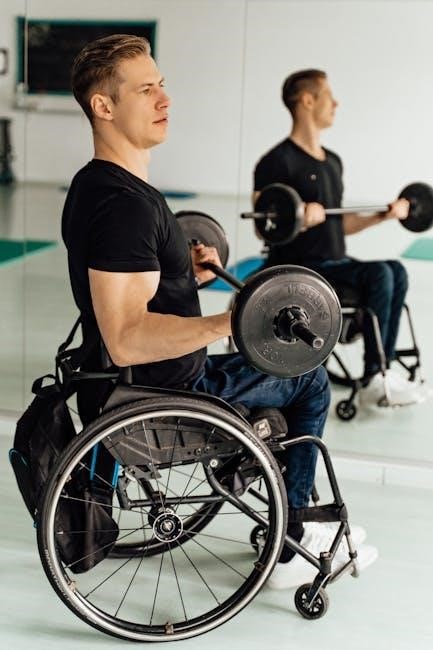pubic rami fracture rehabilitation protocol pdf
A pubic rami fracture is a common injury‚ particularly among the elderly‚ often resulting from falls or traumatic events. These fractures involve the pubic rami‚ which are part of the pelvic bones‚ and can significantly impact mobility and quality of life. Rehabilitation plays a critical role in restoring function‚ reducing pain‚ and helping patients return to their daily activities.

The rehabilitation process for pubic rami fractures is tailored to the individual’s specific injury‚ overall health‚ and functional goals. In most cases‚ these fractures are stable and do not require surgical intervention. Instead‚ non-surgical treatments‚ such as rest‚ analgesia‚ and physical therapy‚ are typically sufficient. The primary objectives of rehabilitation are to promote healing‚ restore strength‚ improve mobility‚ and enhance balance and coordination.


The rehabilitation journey usually begins with an initial assessment by a healthcare provider or physical therapist to evaluate the extent of the injury and the patient’s current functional status. This assessment helps in creating a personalized treatment plan. In the acute phase‚ the focus is on pain management and maintaining mobility through gentle exercises. Patients are often advised to avoid putting excessive weight on the affected side‚ but partial weight-bearing may be permitted depending on the fracture’s stability.

As the fracture begins to heal‚ the rehabilitation program progresses to the subacute phase‚ where the emphasis shifts to strengthening the pelvic muscles and improving flexibility. Exercises such as pelvic tilts‚ bridging‚ and gentle stretching are commonly recommended. These exercises help restore the integrity of the pelvic floor muscles‚ which are essential for supporting the spine and maintaining continence.
In the advanced stages of rehabilitation‚ the focus expands to functional activities‚ such as sitting‚ standing‚ and walking; Patients may also engage in low-impact aerobic exercises‚ such as swimming or cycling‚ to improve cardiovascular fitness without putting undue stress on the healing bones. Physical therapists often incorporate balance training and proprioceptive exercises to reduce the risk of future falls and injuries.
Throughout the rehabilitation process‚ patients are encouraged to adhere to their treatment plans and attend regular follow-up appointments. Full recovery typically takes several weeks to a few months‚ depending on the severity of the fracture and the patient’s adherence to the rehabilitation protocol. With proper care and rehabilitation‚ most individuals with pubic rami fractures are able to achieve a full or near-full recovery‚ regaining their independence and returning to their normal activities.